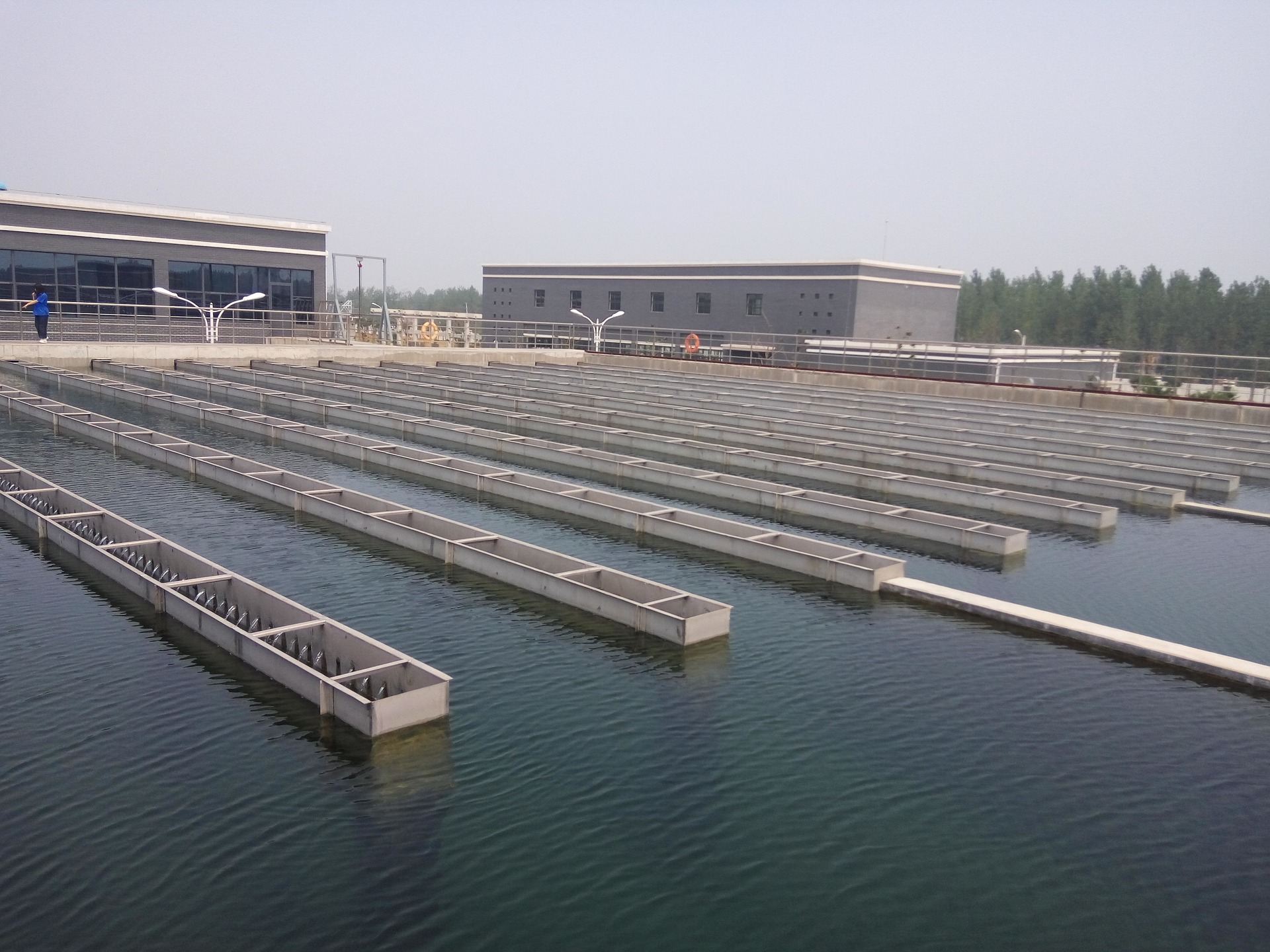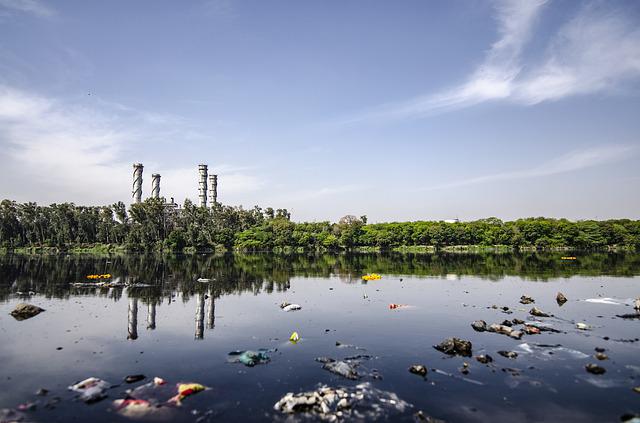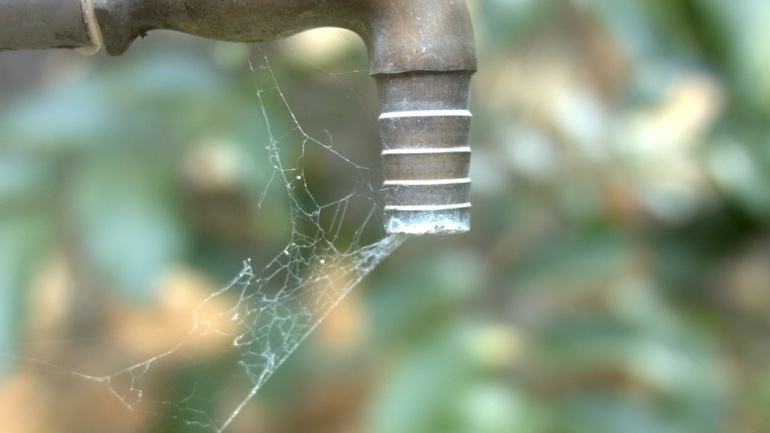Around the world and across the United States, usable water is growing scarcer. Underground water, along with conservation, can provide water for growing populations. Treatment, including desalination, could allow communities to access this largely untapped resource.
By April Day, Staff Writer for Save the Water™ | March 5, 2017
What is desalination?
Desalination is the process of desalting water. Two methods of desalination are membrane processing and thermal processing. Thermal processing has been used widely in the Middle East for more than 60 years to help satisfy water needs.2 This article, however, will focus on membrane processing method, which generally requires less energy and money.
Membrane Processing for Desalination
This process requires forcing water through semipermeable membranes by using high pressure, a processed called reverse osmosis.2 What is reverse osmosis? Reverse osmosis is osmosis in reverse. Osmosis is the process by which solvents, like water, seek equilibrium, namely equality in dissolved solutes like salt. The solvent moves through a semipermeable membrane that allows some molecules to pass through but not others. Osmosis would move water without salt to water with salt.5
By contrast, reverse osmosis uses pressure to force the solvent with high concentration, water with salt, through a membrane into the solvent with a low concentration of solute, water without salt. Thus, reverse osmosis captures the solids, such as salt, on one side of the membrane and the solvent, such as water, on the other.5 Membranes are usually made out of “layered polyamides and polysulfones with a porous support material”.2 Engineering advances have cut energy use in half over the past 20 years.4
Nowadays the same technological processes that desalt water also remove most organic chemicals and most microbial contaminants. Microfiltration and ultrafiltration membranes can filter and decrease some particulate loading, thereby reducing possible damage to reverse osmosis membranes and nanofiltration membranes. A lower energy cost area of research and development is “forward osmosis technology,” which relies on a solution to better mimic natural osmosis.2 Reverse osmosis can also be used for treating wastewater to make it drinkable and may produce energy to reuse for further water treatment.5 This man-made process accelerates nature’s process of “solar desalination evaporation” to produce rain, which is the main source of freshwater on earth.8
Drawbacks of Desalination
One drawback is that both desalination processes often produce water that must be treated with calcium carbonate or limestone to reduce excessive erosion of pipes, valves, and other contact surfaces. Another drawback is that both processes produce concentrated leftover salts, called brine, and a concentrate of other chemicals that were present in contaminated water. Managing these two byproducts of the process is a challenge, more so when it comes to inland plants.2
Areas in the United States face water scarcity and underground water
Worldwide, water is becoming more scarce.6 For example, China is facing a potential water crisis, perhaps risking a predicted water shortage of “199 billion cubic metres in 2030”.3 According to US Geological Survey estimates, available freshwater represents 0.76% of the world’s total water volume, and saline groundwater represents about 1%.2 Groundwater can be found in aquifers, which are geologic formations that transmit water to wells and springs.7 While underground water offers an additional water source, much of it is brackish, “typically defined as distastefully salty”.9 Additionally, pumping underground water from aquifers can cause saltwater to replace the once fresh groundwater.2 Desalination can combat both scarcity and pumping problems.
Inland desalination of brackish groundwater can provide a cost-effective alternative to other water sources
Desalination of brackish groundwater offers a less expensive alternative to processing seawater.2 As of mid-2015, according to the International Desalination Association, at least 18,426 desalination plants were operating in 150 countries that were capable of producing 86.8 million cubic meters of water daily. In the United States, the most notable examples of reliance on desalination to secure water are Tampa, Florida and Carlsbad, California.2 Israel and Texas are both places with scarce water supplies, but have succeeded in using inland desalination. El Paso, Texas currently boasts the largest desalination plant in the world by being able to produce 30,000 acre-feet of water per year. US Geological Survey is expected to issue the first map this year that identifies brackish groundwater supplies in the United States, although there are already many smaller desalination plants that treat brackish groundwater across the nation.1,4
Focus on Testing Desalinated Water for Contaminants and Disposal of Byproducts
Importantly, desalination does not create an unlimited water supply. Water conservation is still key to water sustainability.1 Drawbacks of desalination are brine and chemical contaminants that were removed from water by the process. Inland, the brine facilities could use limited lined evaporation ponds, additional treatment, and possibly deep well injection.2 You could ask this question: “how will facilities address these issues if a local water supplier is considering desalination of groundwater to supplement your personal water supply?”
The byproduct chemical concentrates will need to meet additional requirements before disposal, “because of their probable toxicities as well as salinity” (Cotruvo, 2016).2 Save the Water is working toward a lab that will fill the critical need to test and to treat sources of water.
References
- Bansel, D.G. (2017, Feb. 5). Desalination of aquifers offers drought-weary California new hope. Retrieved from http://www.mercurynews.com/2017/02/05/desalination-of-salty-aquifers-offers-drought-weary-california-new-hope/
- Cotruvo, J. (2016, Oct. 7). Desalination basics: Thermal and membrane technologies lead the way in this growing treatment process. Retrieved from http://www.watertechonline.com/desalination-basics-thermal-membrane/?platform=hootsuite
- Dickey, L. (2017, Feb. 22). China’s water footprint: an example for future policymakers. China Dialogue. Retrieved from
https://www.chinadialogue.net/article/show/single/en/9621-China-s-water-footprint-an-example-for-future-policymakers - Gillis, J. (2015, April 11). For drinking water in drought, California looks warily to sea. New York Times. Retrieved from https://www.nytimes.com/2015/04/12/science/drinking-seawater-looks-ever-more-palatable-to-californians.html?rref=collection%2Ftimestopic%2FDesalination.
- Kershner, K. (2008, 8 May). How Reverse Osmosis Works.
HowStuffWorks.com. Retrieved from http://science.howstuffworks.com/reverse-osmosis.htm. - Save the Water. (n.d.). 250 water facts. Retrieved from https://savethewater.org/education-resources/water-facts/
- United States Geological Survey. (2016, Dec. 2). Saline water: Desalination: Thirsty? how ’bout a cool, refreshing cup of seawater? Retrieved from
https://water.usgs.gov/edu/drinkseawater.html - United States Geological Survey. (2016, Dec. 9). Aquifers and groundwater. Retrieved from https://water.usgs.gov/edu/earthgwaquifer.html.
- United States Geological Survey. (2017, Jan. 3). What is “brackish”? Retrieved from https://water.usgs.gov/ogw/gwrp/brackishgw/brackish.html





